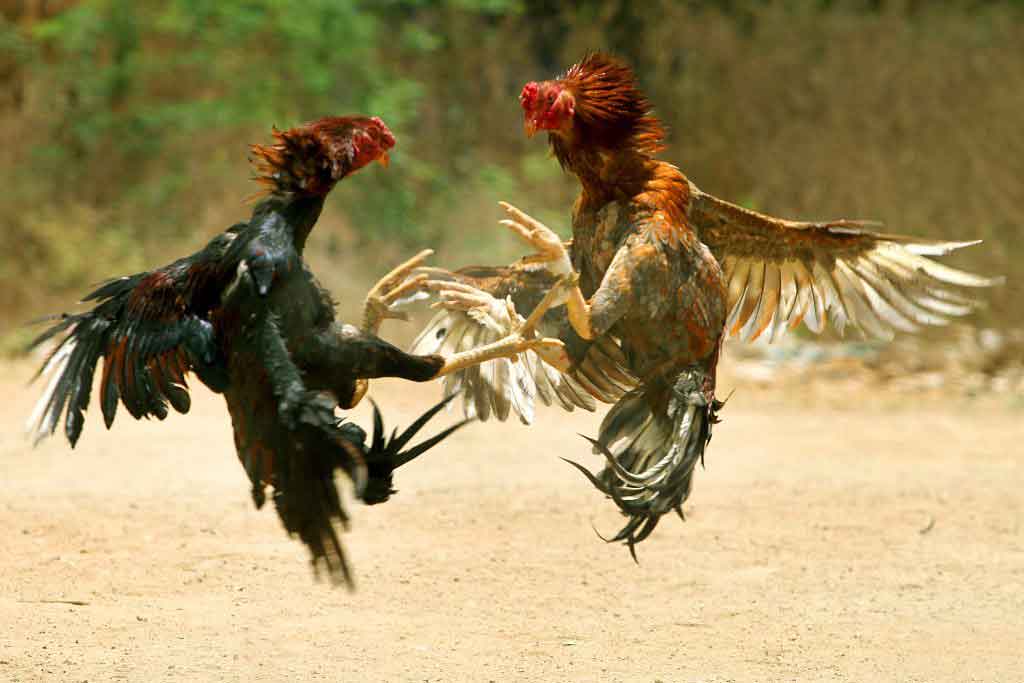Insights from a Sabong Grandmaster: Tips for Aspiring Cockfighters
Tricks of the Sabong Grandmaster: Grasping the Art of Cockfighting
The intricate globe of cockfighting, specifically as practiced by the Sabong Grandmaster, uses a remarkable research study in the assemblage of pet habits, training methods, and competitive strategy. To truly understand the subtleties of this art form, one must discover just how the Grandmaster integrates the physical and psychological aspects of rooster training while navigating the honest considerations fundamental in this conventional method.
Background of Cockfighting

As the centuries proceeded, cockfighting spread across various continents, adjusting to social dynamics and neighborhood customs. In middle ages Europe, it got popularity amongst the nobility, who concerned it as a screen of wealth and standing. By the 17th century, the sport had actually established itself in England, bring about the formation of defined rules and policies.
In the Americas, particularly in the Caribbean and the Philippines, cockfighting took on special characteristics affected by aboriginal practices and early american histories. Today, while the sport continues to be controversial and deals with lawful challenges in numerous areas, its historic significance continues to trigger discussions about pet legal rights, social heritage, and societal values. The evolution of cockfighting shows broader motifs of human interaction with nature and the complexities of tradition.
Comprehending Fowl Habits
Understanding fowl actions is important for those associated with the sport of cockfighting, as it directly influences efficiency, wellness, and training. Roosters exhibit a variety of habits that can suggest their mental and physical states. Significantly, hostility, territoriality, and social power structure play significant roles in their temperament.
Aggression is a natural instinct in fowls, primarily driven by the requirement to assert dominance. Observing interactions among fowls can expose their chain of command, which is vital for managing their environment. A certain rooster shows a more assertive posture, while a submissive one may show signs of stress or anxiety, such as crouching or staying clear of eye get in touch with.

Training Strategies for Champions
Efficient training strategies are important for developing champion fowls that master the affordable arena of cockfighting. An organized approach makes sure that each bird reaches its full possibility, incorporating physical conditioning with psychological stamina.
To start, developing a constant training routine is essential - Sabong Grandmaster. This consists of daily workouts that boost strength, agility, and endurance. Regimens may entail regulated sparring sessions with both fabricated and real-time challengers to simulate competition, enabling fowls to hone their combating skills in a safe atmosphere
Integrating dexterity drills, such as challenge programs and leaping exercises, considerably improves a rooster's physical abilities. Furthermore, presenting diverse surface areas and surfaces can improve their adaptability during fights.
Mental training ought to not be ignored. Acquainting the birds with the sounds and views of an affordable setting can lower stress and anxiety and stress and anxiety on battle day. In addition, favorable support strategies, such as fulfilling desirable habits, can impart confidence in the roosters.
Finally, keeping a calm and assertive presence during training sessions promotes depend on between the trainer and the fowl, crucial for accomplishing optimal efficiency. With each other, these methods develop a detailed training routine that grows champions all set to succeed in the field.
Health And Wellness and Nourishment Essentials

Including a mix of corn, barley, and wheat gives essential carbs, while protein sources such as fish meal, soybean meal, or insects support muscular tissue advancement and recuperation. In addition, incorporating fresh vegetables and fruits can enhance the overall nutritional account, using antioxidants that improve the immune system.
Hydration is just as essential. Accessibility to clean, fresh water ought to be a priority, as dehydration can badly affect performance (Sabong Grandmaster). Regular health and wellness exams are necessary to keep track of for any additional resources type of prospective diseases or bloodsuckers that might jeopardize a fowl's problem
Furthermore, the timing of feed is important. Offering nutrients at appropriate periods ensures that fowls preserve energy levels throughout their training and healing stages. By focusing on these health and nourishment fundamentals, sabong fanatics can help their roosters accomplish optimal efficiency in the competitive field.
Approaches for Effective Suits
Success in cockfighting hinges on a combination of tactical prep work and in-ring methods. Effective match methods begin long before the fight, with careful selection of the fowl. Breeders must prioritize hereditary attributes such as durability, aggressiveness, and endurance, making sure that the selected bird shows a strong lineage of performance.
Training is critical; roosters should be conditioned via a program that includes physical exercise, sparring with other birds, and exposure to numerous click here for more info settings. This preparation not only develops strength however likewise improves the bird's adaptability to various opponents.
Throughout the suit, a handler has to employ eager monitoring and fast decision-making. Acknowledging the challenger's tactics enables timely adjustments, such as changing the rooster's position or motivating much more hostile actions. Timing is vital; understanding when to urge or restrain the bird can indicate the difference in between success and defeat.
Finally, keeping a calm temperament during matches cultivates self-confidence in the fowl. A balanced technique, integrating both physical and mental preparedness, ultimately leads to effective end results in the arena, showing that mastery in cockfighting is as much about method as it is about the birds themselves.
Final Thought
The mastery of cockfighting, as exhibited by the Sabong Grandmaster, hinges on a detailed understanding of rooster habits, reliable training techniques, and ideal health and wellness and nutrition. Inevitably, the keys of the Sabong Grandmaster lie in the unified balance of these components, ensuring the continued legacy of this old sport.
To absolutely grasp the nuances of this art type, one should check out how the Grandmaster balances the psychological and physical elements of rooster training while browsing the ethical considerations fundamental in this traditional practice.Recognizing rooster habits is crucial for those included in the sport of cockfighting, as it directly affects training, health and wellness, and performance.Keeping optimal health and nourishment is important for guaranteeing that fowls reach peak efficiency in the cockfighting field. Giving nourishment at proper periods makes sure that fowls keep power degrees throughout their training and recuperation phases.The proficiency of cockfighting, as exhibited by the Sabong Grandmaster, hinges on a thorough understanding of fowl actions, efficient training strategies, and optimal health and nutrition.